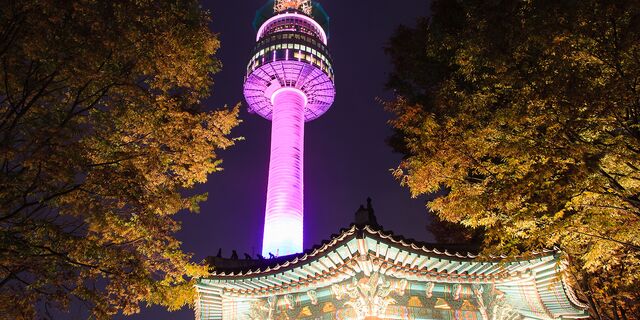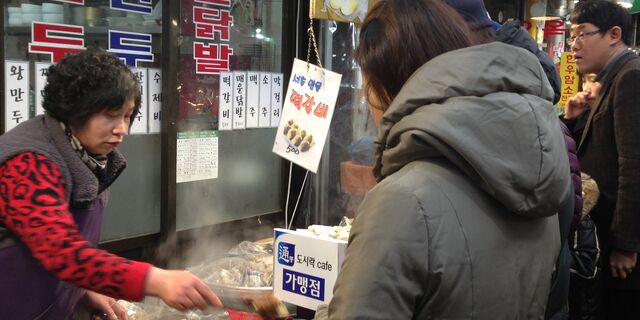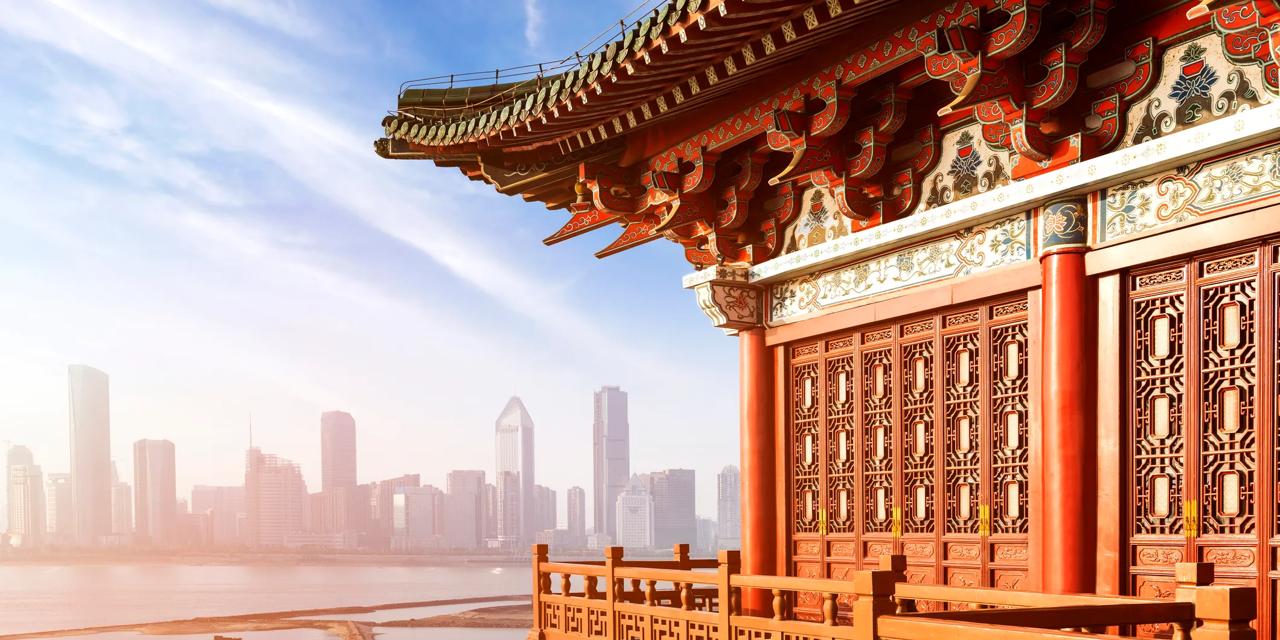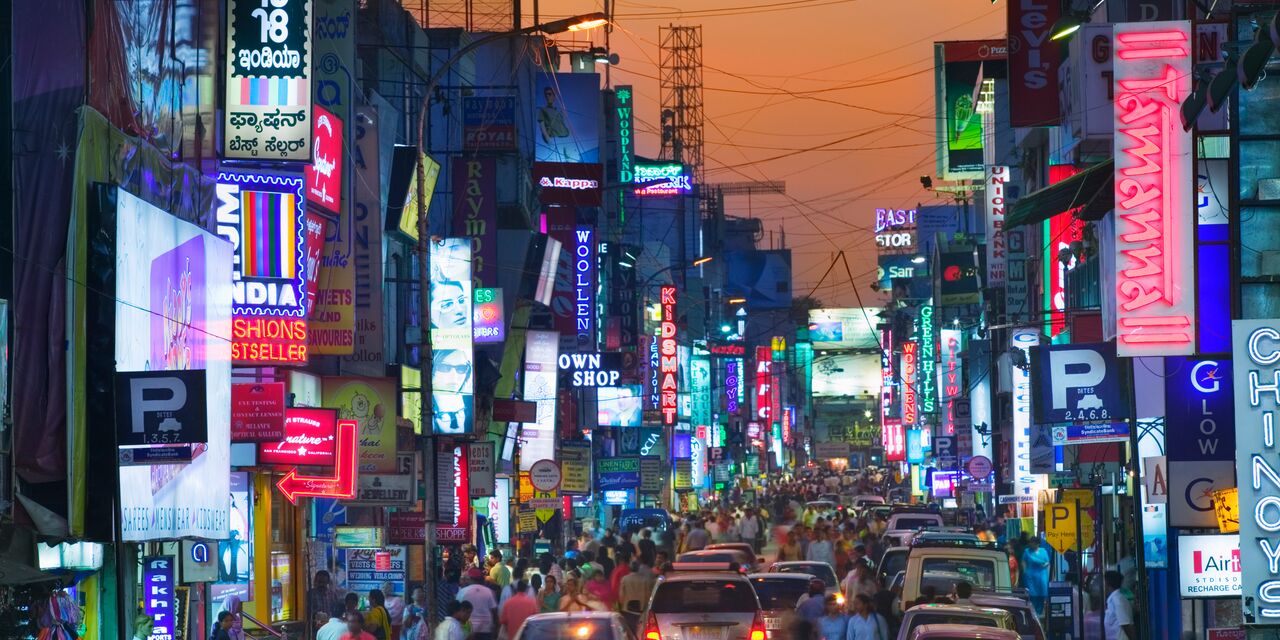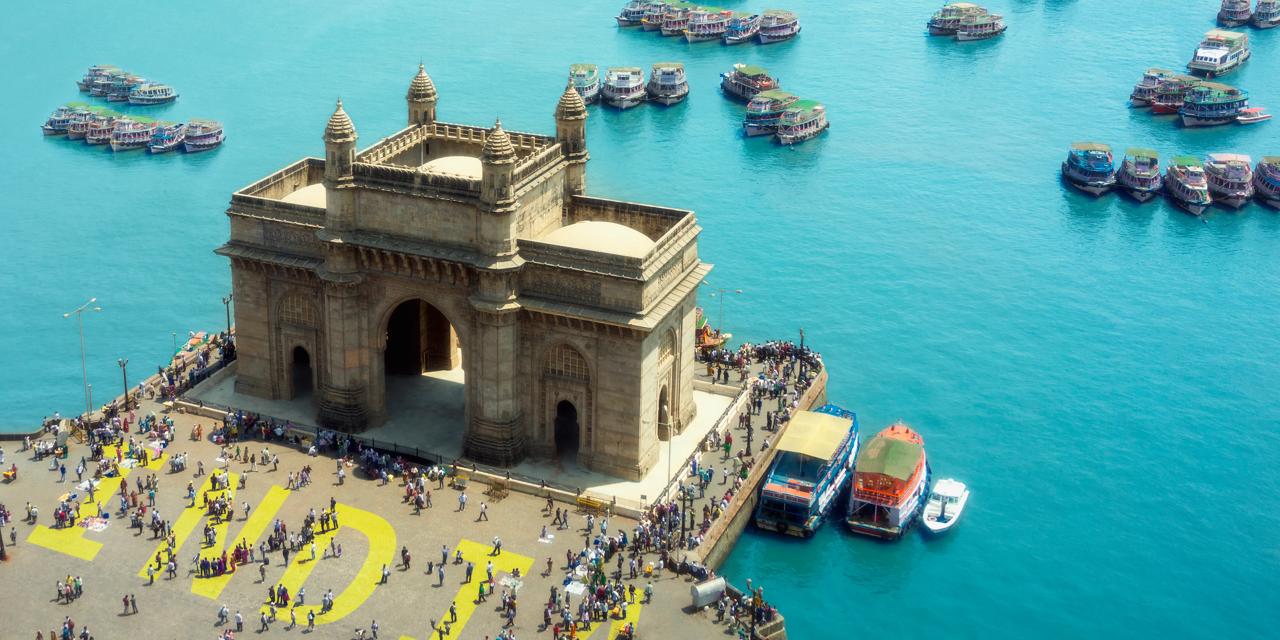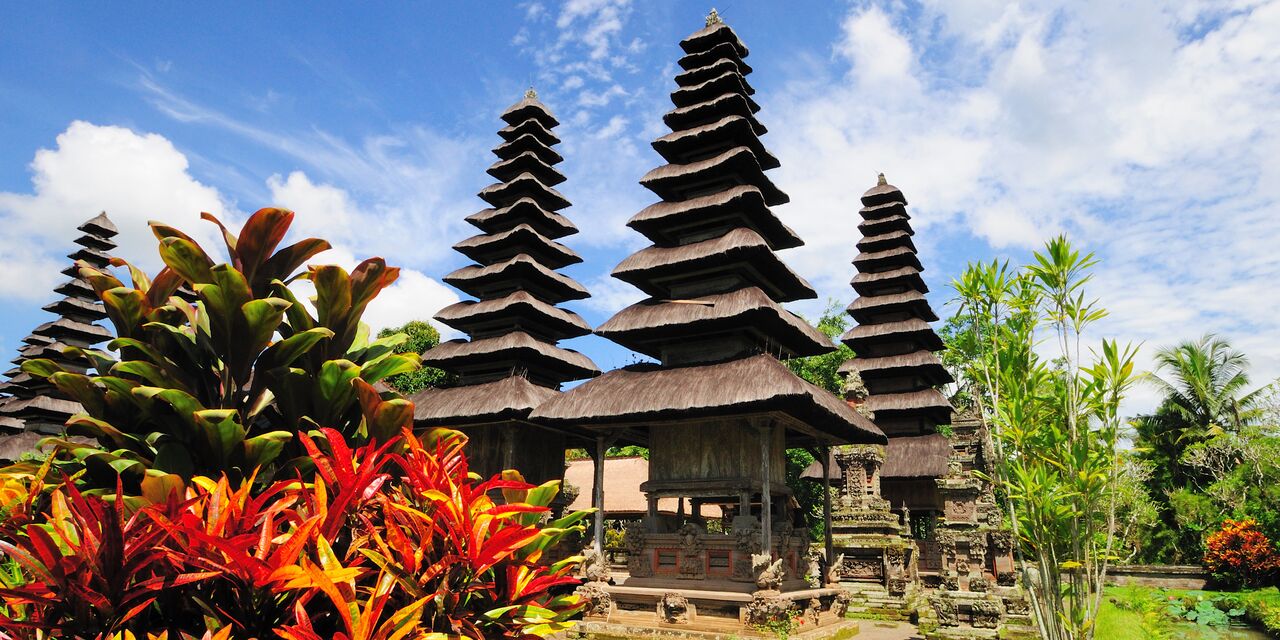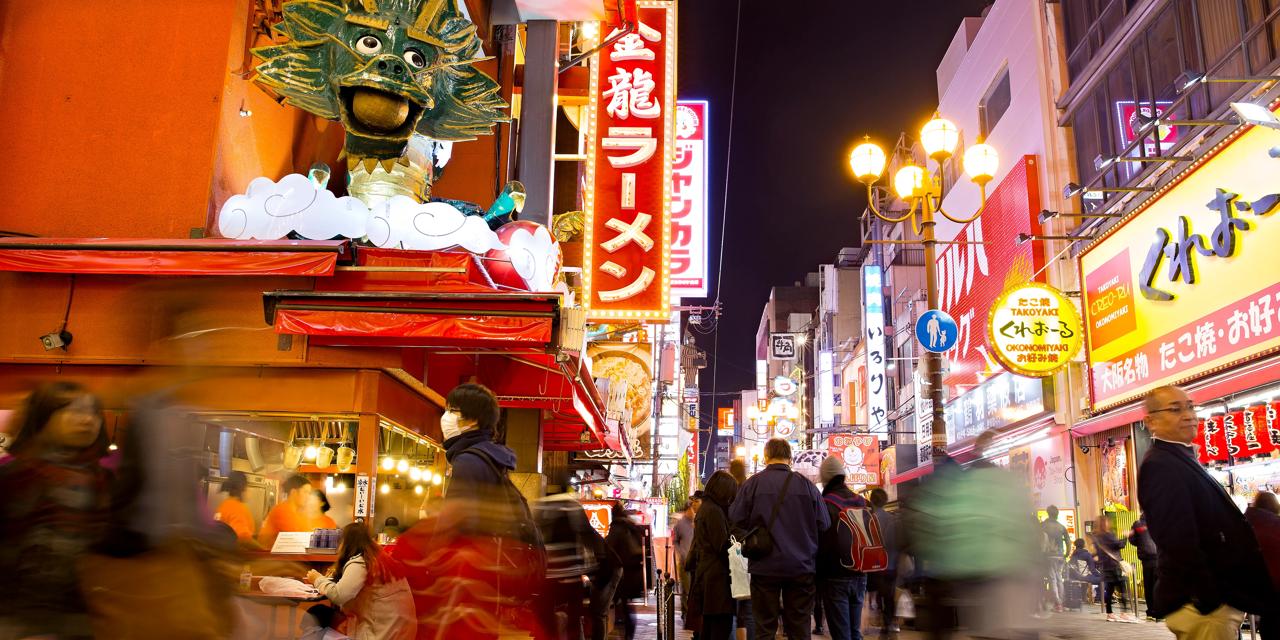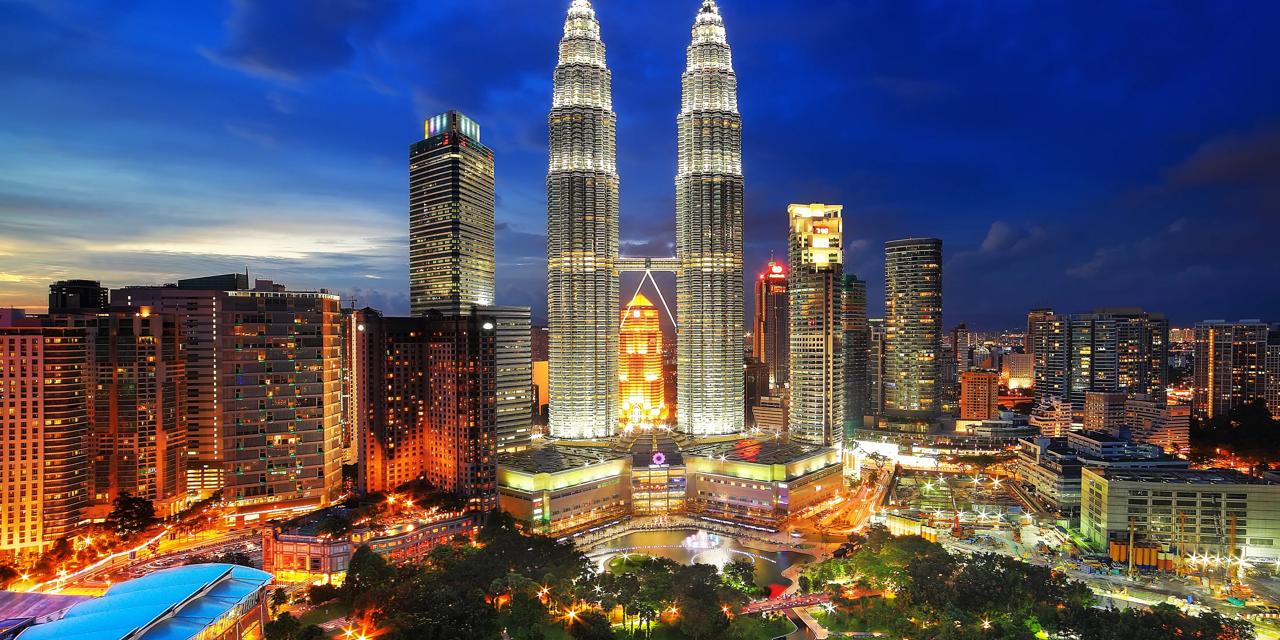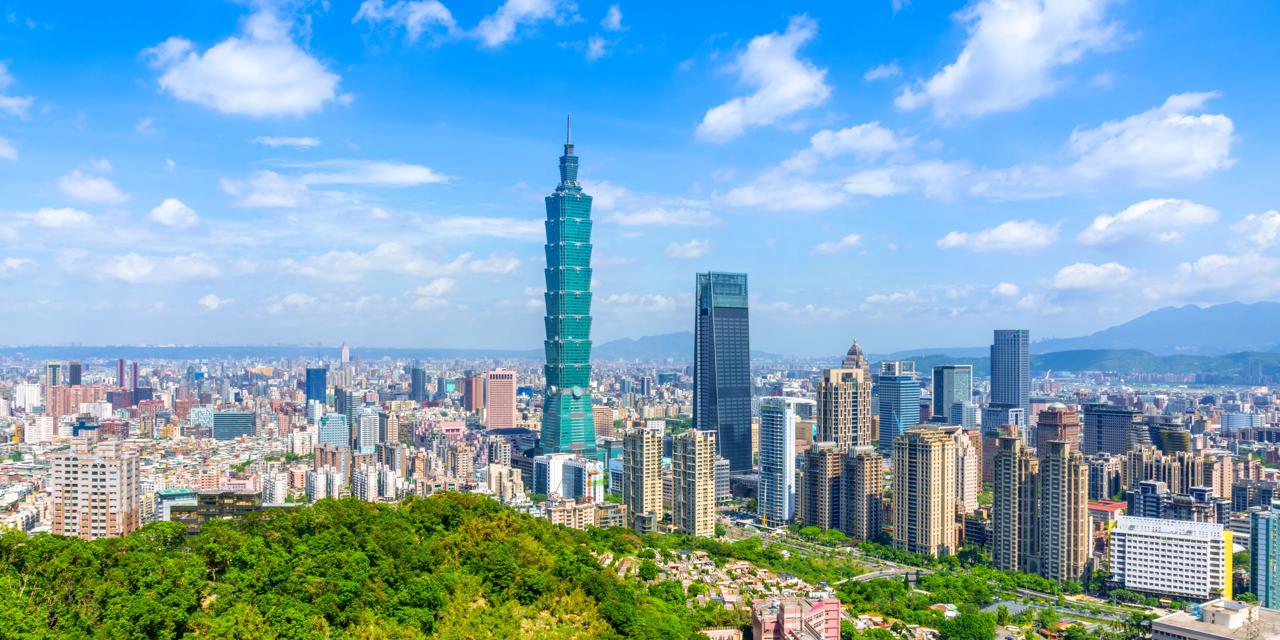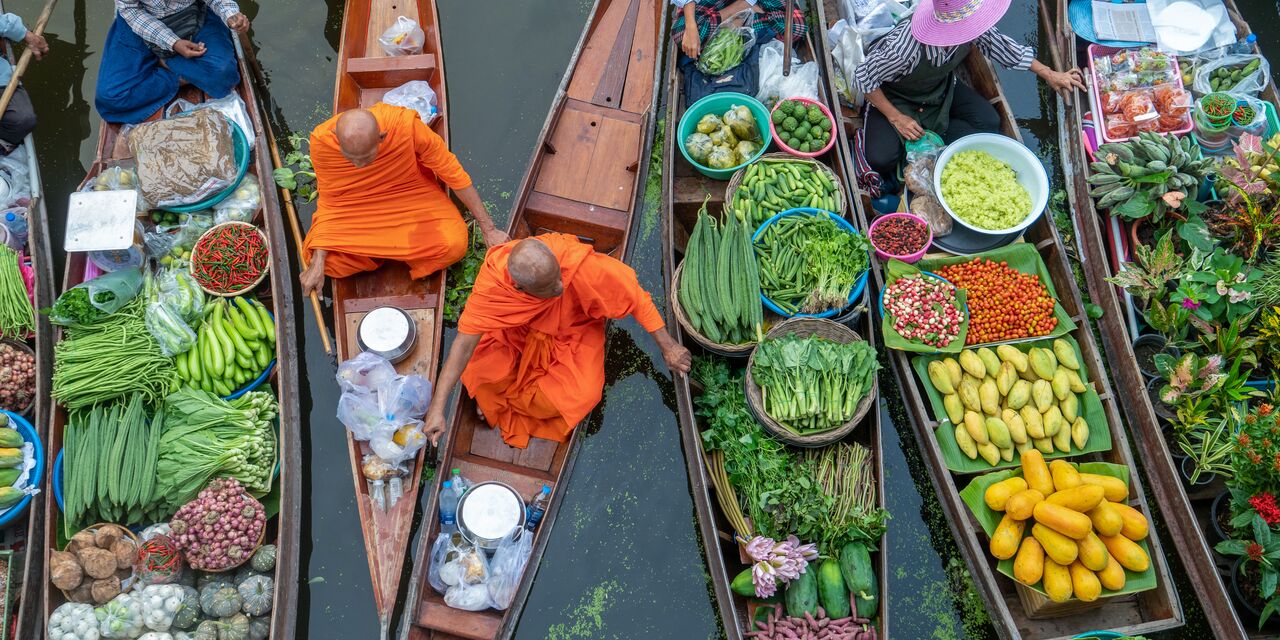Wandering around Bukchon Hanok Village
A stroll around Bukchon Hanok Village lets you experience a traditional Korean village. The village, with its 6 centuries of history, is located between the 2 most beautiful palaces in the city, Gyeongbokgung and Changdeokgung. Unlike other traditional villages, Bukchon was not built for tourists. This is where the ruling class lived during the Joseon Dynasty and a few descendants of the aristocracy still reside here.
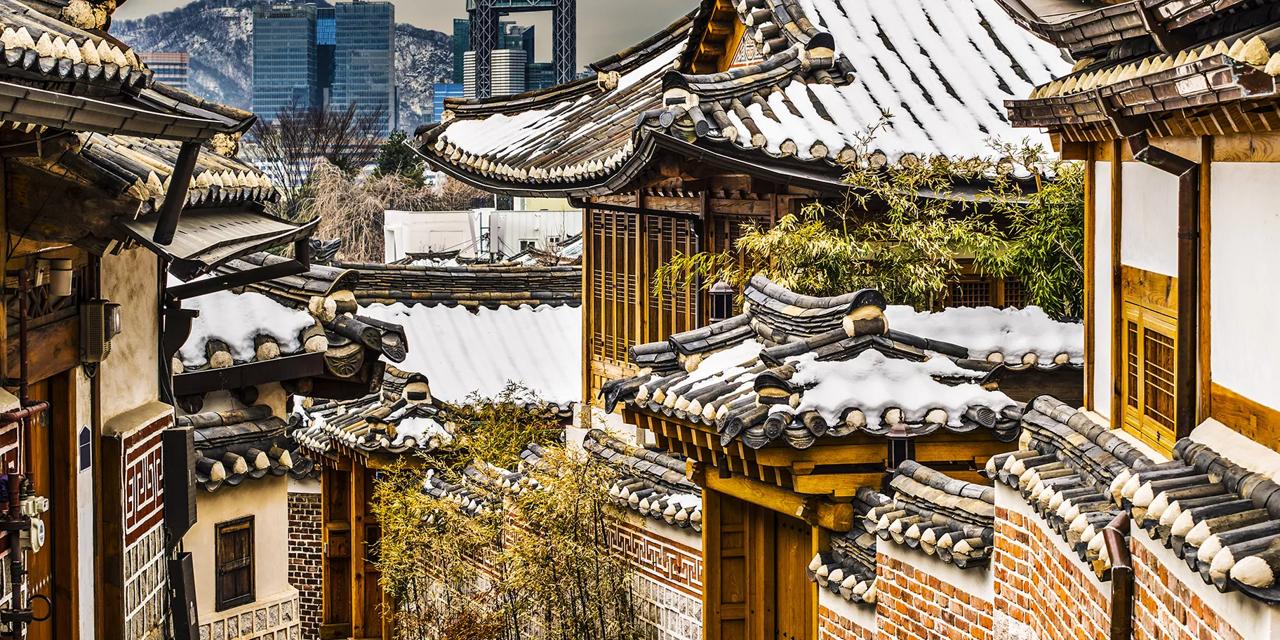
Traditional Hanok houses
Bukchon Village is home to around 900 traditional Hanok houses. These homes are made of stone, wood, soil and rice paper, and have sloping roofs. You can visit some of these homes, which still have a classic interior with thin mattresses on the floor and a low dining table with cushions as seats. In other residences, it is possible to attend traditional crafts workshops. Thanks to these workshops and numerous museums, including the Bukchon Asian Art Museum and Museum of Korean Art, Bukchon is taking on a greater importance as a centre for art and culture.
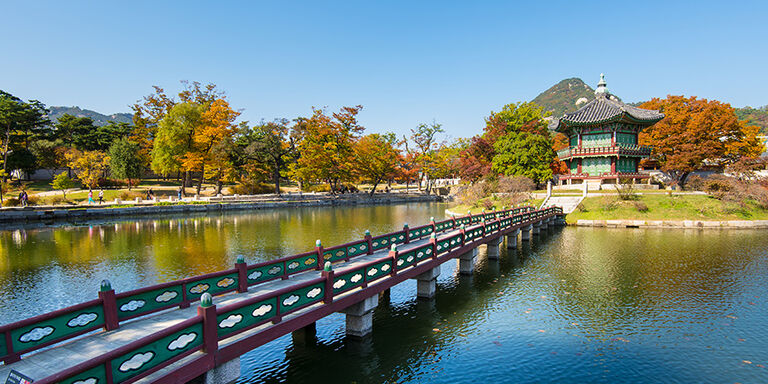
Joseon showpieces
On the edge of Bukchon Hanok Village is Gyeongbokgung, the largest and most important palace from the Joseon Dynasty. It is exquisite, from the living quarters with bedrooms for the king and queen, to the banquet hall where royal feasts were once held. The charming pavilion on the island in the lake can also be visited. The showpiece is the throne room, with its gracious roof and decoratively painted eaves, walls and shutters. There are 300 buildings in total, with nearly 6,000 rooms. A tour of the entire palace would take at least 8 hours.
Reconstruction of Gyeongbokgung
The first king of the Joseon Dynasty ordered the construction of the palace in 1394. A fire destroyed the building in the 17th century but it was rebuilt from the ground up. During the Japanese invasion of Korea (1592-1598), the palace was burned to the ground once more, this time at the behest of the Japanese emperor. The reconstruction of the complex did not begin until 1865. Gyeongbokgung can therefore be called a new development, yet it continues to be one of the most impressive palaces in all of Asia.
Discover other destinations in Asia
*The displayed prices are for one adult. All amounts are in USD. Taxes and surcharges are included. No booking fee is applicable. Prices shown may vary depending on fare availability.
The weather forecast information is provided by World Weather Online. Air France-KLM is not responsible for the reliability of this data.

